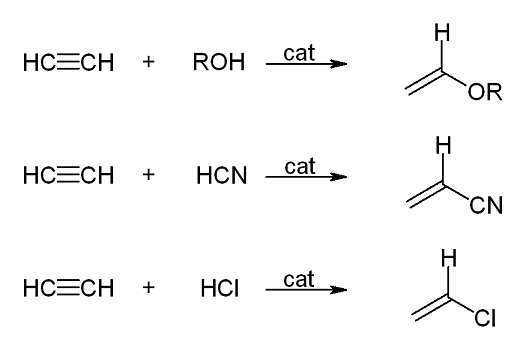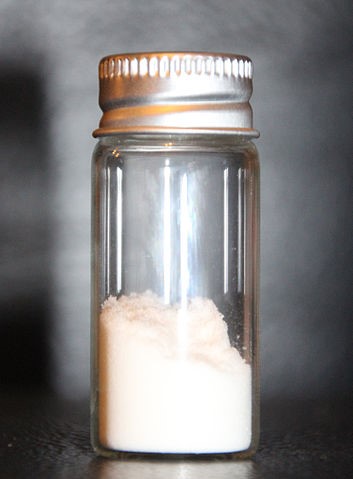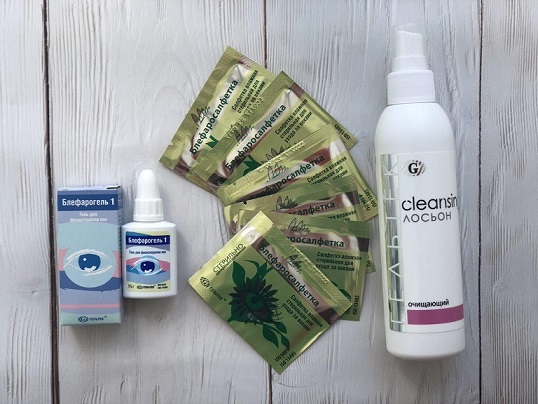People used almost everything that came to their hands as glue. Before the chemical revolution, a dubious pattern of horn, hooves, and fish scales was used. And also different options of mucus from flour and starch, well known to us in kindergarten.
In fact, people already empirically used various biopolymers for their needs. Everything changed a lot after industrial synthesis technologies appeared.
Today I will tell you about PVP, polyvinylpyrrolidone. Ink for inkjet printers, paper for them, glue, medicinal syrups - it is difficult to find at least some area where the researchers' inquisitive mind was not trying to apply it.
We use it as part of our preparations.
How to experiment with acetylene
Walter Reppe was a German chemist who spent many years of his life studying the chemistry of acetylene. Do you remember the very highly explosive gas that many people got from carbide that was honestly dragged from the site? Actually, in the laboratory he did not become less explosive and the standard rules of BASF, where Walter worked, forbade working with him under pressure above one and a half bars. Walter, these restrictions are not too encouraging, as interfered with the experiments. As a result, he developed, probably, the most severe of the known test tubes - “Reppe Glasses”. They consisted of steel collapsible balls with thread that could withstand the detonation of gas under high pressure.
As a result of many years of development in this area, Reppe created a whole class of new reactions, among which we are especially interested in vinylization - the formation of the vinyl radical:

The vinyl radical easily enters into polymerization reactions, and it is the basis of polyvinylpyrrolidone, which was first obtained by Walter and patented in 1939. After several decades, this nondescript powder penetrated almost all areas of household and industrial chemistry.
Everything gets better with PVP

Remember these huge hairstyles, similar either to a beehive, or to the nest of crazy squirrels that were so popular among women in the 1950s? It was at this time that PVP began to be massively used as a hairspray. Drying out, he securely glued his hair into an unshakable monolith. His very important feature was that he was easily soluble in warm water, which allowed him to calmly wash it off in the evening and not be afraid to break a couple of curls in his sleep. Although its hygroscopicity was its main drawback. He quickly gained moisture from the air and gave the hair a glued look. Subsequently, it was bypassed by adding silicone to the varnish. PVP created a rigid frame around the hair, and low-molecular silicone covered it outside. At the same time, a hydrophobic film was created that prevented the hair from sticking to each other.
The usual stationery glue has become another very common use case. If you mix PVP with glycerin, which plays the role of a moisturizer, you get the usual glue stick. Its main advantage is that it glues the paper, without causing deformation of the sheet. And it is difficult for them to get poisoned, although it tastes filthy. In general, it is a very popular thickener, which you can find in toothpaste and moisturizing eye drops.
PVP in medicine
In low molecular weight performance, it is a very powerful sorbent and has the ability to form complexes with various toxins. For ingestion, povidone, an insoluble form of cross-linked PVP, is used. He collects on the road all the substances that can bind in his matrix, and displays them through the intestines, preventing absorption. Useful drugs, too, so taking medication and povidone need to be spread in time. As a sorbent, it gives a good effect in food poisoning, various acute intestinal toxicoinfections.
Another option for using PVP as a sorbent is various blood substitutes. During World War II, they first began to replace blood plasma for transfusions with the wounded. The donated blood was then sorely lacking, and the experimental drug proved to be an extremely successful substitute. Until 2005, we had a popular Gemodez, which is now replaced by similar drugs with fewer side effects. Such solutions for transfusion give a very good effect in people with various types of intoxication - the toxic form of intestinal diseases, burn disease, radiation injuries, peritonitis, liver damage with the development of liver failure and the like.
But the main direction, where PVP is especially valued, is the creation of various kinds of drugs for treating the skin and mucous membranes, if it is important to gradually release the drug, stretching its therapeutic effect. Polyvinylpyrrolidone is able to bind a wide variety of molecules in its matrix. Surgeons, for example, like to use povidone-iodine, which is iodine immobilized in a PVP matrix. If you splash pure iodine into a wound, then, like self-respecting halogen, it will immediately cause a chemical burn and greatly complicate further healing. Povidone-iodine in this case will slowly release iodine in the wound for a long time, causing the death of microorganisms and at the same time stimulating the activity of its own neutrophils.

We also often use it in those gels and lotions where it is required to provide a long therapeutic effect. Plus, it well stabilizes the structure of the drug and provides a cleansing effect due to its sorption properties, as, for example, in a
cleansing lotion . We use it in almost the entire “Cleansing” series and eyelid skin care products such as
Blepharosol . In them, it gives a good cleansing effect and complements the action of the extracts.